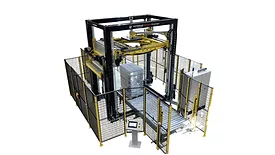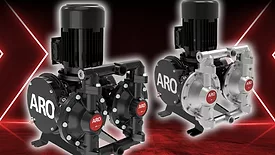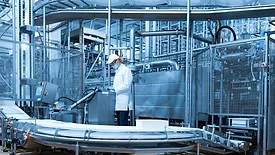Home » Keywords: » equipment
Items Tagged with 'equipment'
ARTICLES
BIZTRACKS
Fike, Hobré Partner to Prevent Spray Dryer Explosions in Food Industry
September 30, 2025
Sponsored Content
Turn Food-Safety into a Competitive Advantage - Watch How in Ammeraal Beltech Exclusive video
November 22, 2024
Never miss the latest news and trends driving the food safety industry
eNewsletter | Website | eMagazine
JOIN TODAY!Copyright ©2025. All Rights Reserved BNP Media.
Design, CMS, Hosting & Web Development :: ePublishing











